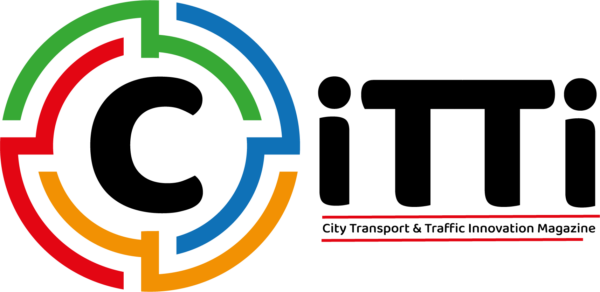New Zealand has operated a road user charging system since 1978 using mechanical hubodometers and paper based licences to charge per kilometre and tonne across the entire public road network.
The charging regime applies to all heavy vehicles (over 3500kgs) and light vehicles powered by diesel and alternative fuels.
Petrol powered light vehicles are taxed at the pump. RUC vehicle operators can make “Off Road claims” for rebates covering distance travelled off the public road network for example on farms and in forests.
The passage of legislation in 2009 to allow for EDR (electronic distance recording) and the electronic display of road user charges paved the way for modern, simplified RUC systems in New Zealand.
Trucking companies were able to reduce compliance costs, ditch the mechanical hubodometer and remove the risk of RUC evasion.
Transport operators finally had the ability to add eRUC to the electronic management systems they already had in place to manage their businesses. The cost to Government was low, because with eRUC the transport operators pay their own way and reduce the number of paper licenses that are printed.
Using EDR allows operators to purchase distance and additional RUC licenses online through a totally secure internet connection, and the in-cab units display a digital image of the licence and the distance travelled.
In New Zealand, International Telematics Limited (ITL) and EROAD supply eRUC systems as agents of the NZ Transport Agency. Both have the distinction of being the only eRUC providers in the world able to offer government certified electronic bank grade eRUC payment security.
eRUC has greatly simplified road user charge administration and revenue collection for the government, driving up efficiency and lowering administration costs. It can be quicker at the roadside too.
ITL’s eRUC EDR displays a barcode, which Police roadside inspectors scan to receive instant compliance feedback, markedly speeding up roadside inspections.
RUC is a $1 billion market annually of which $350 million is gathered electronically, and the industry is now at a tipping point, with most major trucking firms in New Zealand opting for the convenience of eRUC; small to medium sized operators are sure to follow suit.
For fleet operators and drivers eRUC is all about ease and convenience. No more manual hubodometer readings and claims processing involving paperwork.
An estimated 90% of customers set the ‘auto purchase’ function, which automatically updates the licence when it nears expiry, their account is debited automatically and the invoicing for their purchases is generated electronically. Simple.
ITL and EROAD track units via GPS and know almost immediately when they are off-road.
Seasonal changes also have a big impact on kilometres driven, so ITL has built in the ability to change RUC purchasing distances ‘over the air’ (OTA) as seasons change, and because the EDR display is digital, it’s also got the capability to display other types of compliance licence.
EROAD purpose built a brand new product for eRUC, the eHubo and has since developed other variants and services.
For ITL customers, it was important that eRUC was built into the existing sophisticated “single platform telematics” ibright system. For those already using ITL’s integrated Refrigeration, Dry Van or in-Cab solutions via the ibright black box, building in eRUC has helped to further maximise efficiency, lower cost and improve profitability.
Now that eRUC is established and growing in New Zealand, the focus for ITL is on continual research and development, to offer customers more.
For example, ITL has developed the ibright® CHECK-MATE unit, which works hand-in-hand with the eRUC unit and allows drivers to see hubodometer readings and remaining RUC mileage from a driver-facing unit inside their cab.
The device also provides drivers and fleet managers with live, detailed feedback on driver on-road behaviour.
Both ITL and EROAD are fortunate; New Zealand is a perfect ‘test bed’ for R &D development, and an ideal launch pad into the Australian, North American and European markets, where they can leverage off a growing international reputation for technological excellence.
EROAD has actively tested, piloted and marketed across Europe and North America.
ITL’s strategy is to target niche markets with high quality, superior telematics solutions, and is gaining more momentum with this every day. In North America, ITL has concentrated on refrigeration (reefer) and dry van monitoring, as well as advanced in-cab compliance, such as electronic driver logs.
The signs are all good to add eRUC to that focus. Legislative reform at both State and Federal level is converging, bringing nationwide electronic tolling in the US closer to fruition.
ITL and EROAD are watching these developments with a very keen eye and are poised to take an early leadership position in the fledgling e-toll environment in North America. Our current eRUC solutions are easily adaptable to U.S. requirements, and we know this market.
When all the stars align New Zealand developed eRUC technologies are ready for the larger US and European markets.
Cormac McBride is the Transportation Strategist at TDG, New Zealand’s largest specialist transportation consultancy, has three decades experience in the NZ road user charges system and advised NZ Government on the development and implementation of electronic road user charges.
Article taken from the July 2013 issue of RUC Magazine





